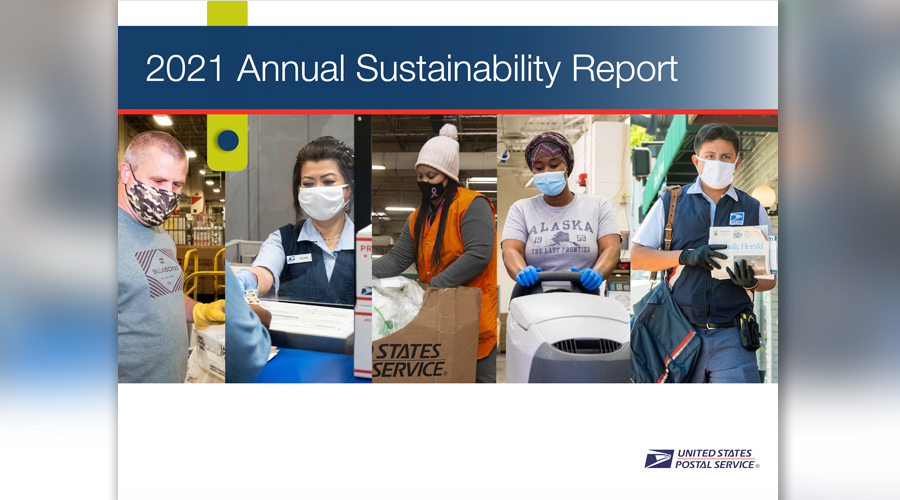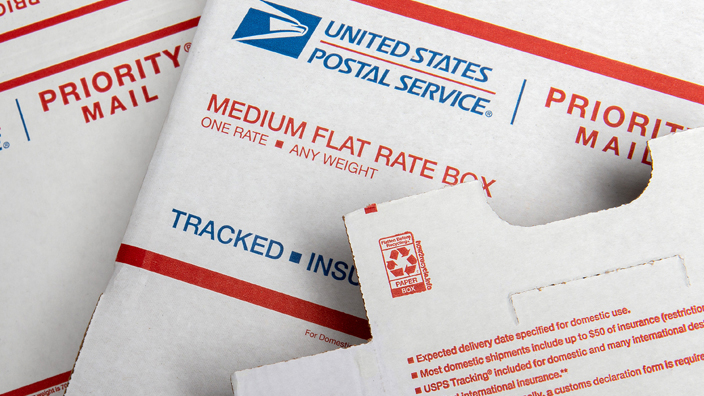The Postal Service expects to reduce greenhouse gas emissions 25 percent by 2030, compared with 2019 levels, according to the latest USPS Annual Sustainability Report.
The report, released this month, highlights examples of the organization’s efforts to become more sustainable, such as the recent installation of 13,000 solar panels — capable of generating enough electricity to power 856 homes per year — at the Bellmawr, NJ, Processing and Distribution Center.
“We are proud to report our successes and areas of opportunity. This is how we approach corporate citizenship — laying a blueprint for success while being transparent about future improvements,” said Corporate Affairs Vice President Judy de Torok.
The report also notes that through recycling, reduced water usage and other efforts, the Postal Service:
• Reduced energy intensity 8.7 percent, toward a new goal of decreasing energy intensity 25 percent by 2030, compared with 2019 levels. Energy intensity measures the amount of energy used to produce a given level of output or activity. Using less energy reduces energy intensity, according to the Department of Energy.
• Recycled 62 percent of paper, cardboard and plastic waste last year, which diverted refuse from landfills, reduced removal costs and increased recycling revenue.
• Achieved a 99 percent increase in the total mail volume processed through the USPS BlueEarth Secure Destruction program, which reduces carbon emissions by shredding and recycling undeliverable mail instead of transporting it back to the sender.
Additionally, the Postal Service teamed with How2Recycle, a consumer-oriented package labeling system, to help customers properly recycle Priority Mail, Priority Mail Express and ReadyPost packaging, and other products.
“Sustainability is woven into the fabric of everything we do at the Postal Service. It is a core commitment that ensures we are doing the right thing for our customers now and in the future,” said Jennifer Beiro-Réveillé, environmental affairs and corporate sustainability senior director.



